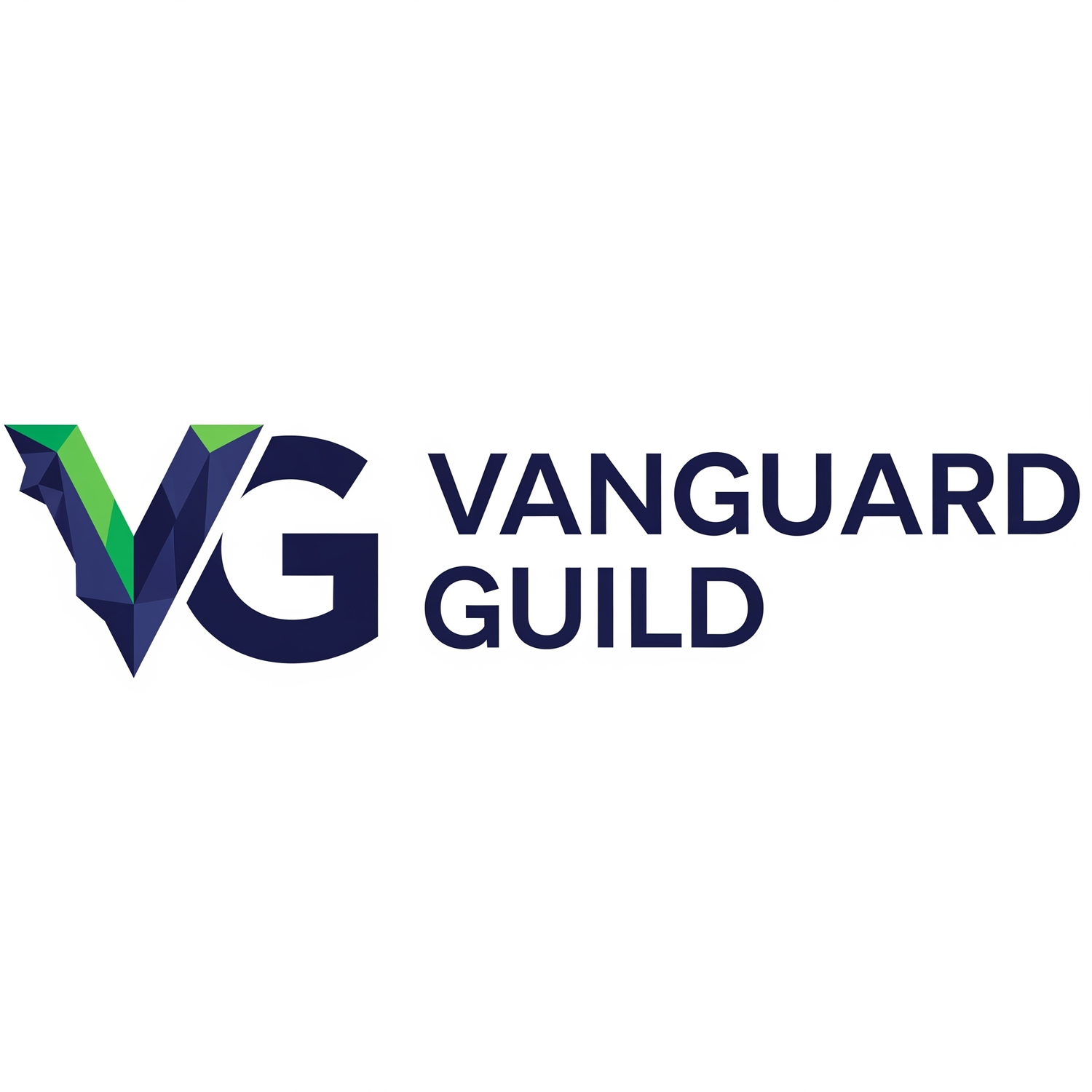Beyond the Surface: The 5 Questions Every Solution Architect Must Ask Before Designing a Solution
In the rush to innovate, many organizations default to a technology-first mindset. They become captivated by a new tool or platform before they have fully diagnosed the problem they are trying to solve. But the most elegant technology in the world is useless if it’s aimed at the wrong target. A truly successful solution is not born from a brilliant piece of code; it's born from a disciplined and relentless discovery process.
My approach is built on a simple foundation: the quality of a solution is determined by the quality of the questions asked. Before my team ever architects a line of code or a process flow, we build our foundation on the answers to these five essential question
1. What is the Client's Real Problem?
The stated problem is rarely the real problem. The first step is to trace the "Chain of Pain" to find the root cause. 1This requires moving beyond the RFP and asking open-ended questions to understand who is experiencing the pain and what happens if the problem isn't solved. 2Failing to push this analysis far enough is the most common mistake in solutioning; it leads to elegant solutions for the wrong problem. 3
2. Why is This Problem Truly Worth Solving?
Not all problems are created equal. A problem is only worth solving if it is a direct obstacle to a major corporate objective. 4 The goal of this question is to connect a team's tactical pain point to a high-level strategic imperative. Is this issue blocking a key initiative? Are outside pressures making it impossible to ignore? 5 Answering this elevates the project from a simple "fix" to a strategic necessity, which is essential for securing true organizational buy-in.
3. How Will We Measure Success?
This is the most critical and often overlooked question. To move forward, we must know how the client will judge success. 6 Vague goals like "improved efficiency" are meaningless. We need measurable, quantifiable outcomes like "reducing system downtime by 20%" or "reducing the total cost of ownership by $1.25 million annually." 7We work with all stakeholders to define these metrics upfront, ensuring that the results are organizational in nature and not tied to a single person's goals. 8
4. What is the Right Solution, Not Just the Easiest One?
Only after we have a deep understanding of the problem, its strategic importance, and the metrics for success can we begin to architect a solution. The goal is not to default to a preferred technology, but to carefully select the capabilities that will best deliver the client's most important results. 9This involves a candid assessment of cost, timing, and competitive advantage to ensure the proposed solution is the best possible fit for the client's specific context. 10
5. Why Are We the Uniquely Right Partner for This Challenge?
Finally, a solution must be paired with clear differentiators that prove why your team is the right choice. 11 This isn't just about technical features. It's about aligning your unique strengths—whether it's deep client tenure, specific expertise recognized by industry analysts like Gartner, or a proprietary framework—with the client's highest-priority goals. 12 If the client is trying to save money, you must focus on what makes your solution the most cost-effective. If they are trying to improve quality, that must be the centerpiece of your value proposition.
Conclusion
A solution is only as strong as the understanding it is built upon. By relentlessly focusing on these five questions, we move beyond the surface level of technical requirements and into the world where real value is created. This client-centered, value-focused approach is the foundation of every successful engagement.

